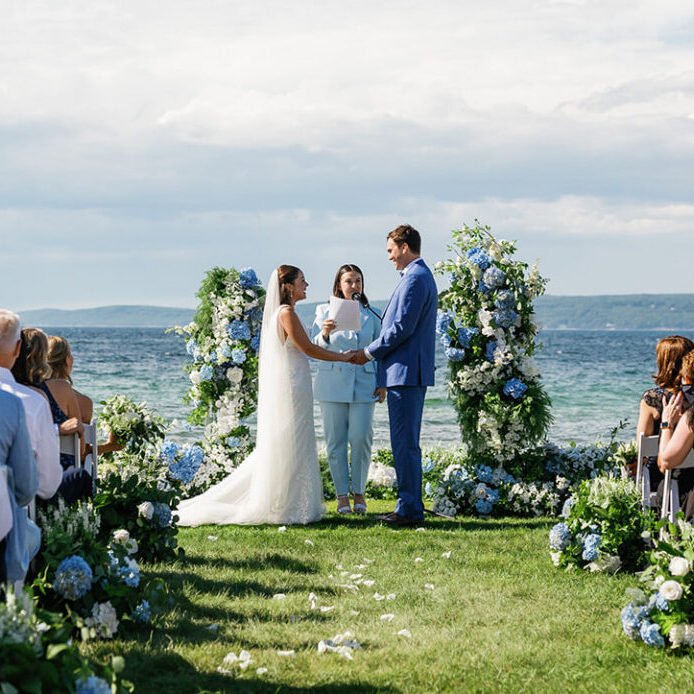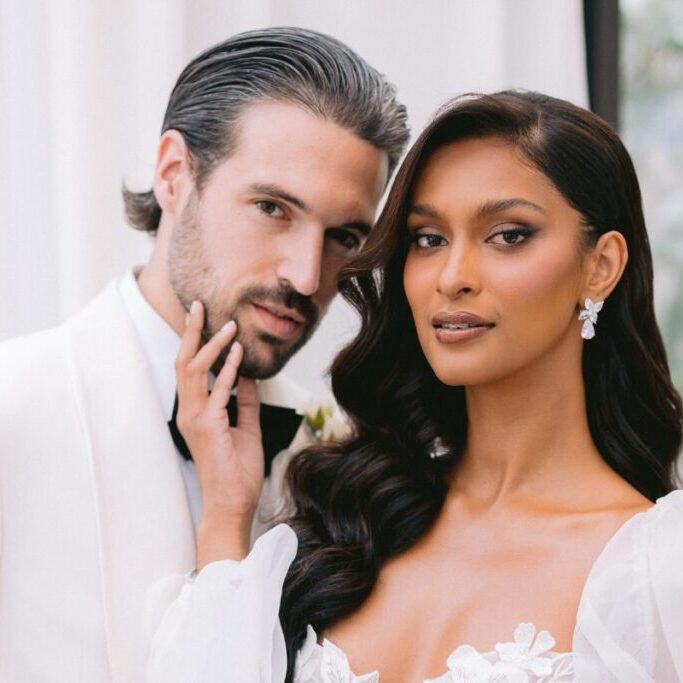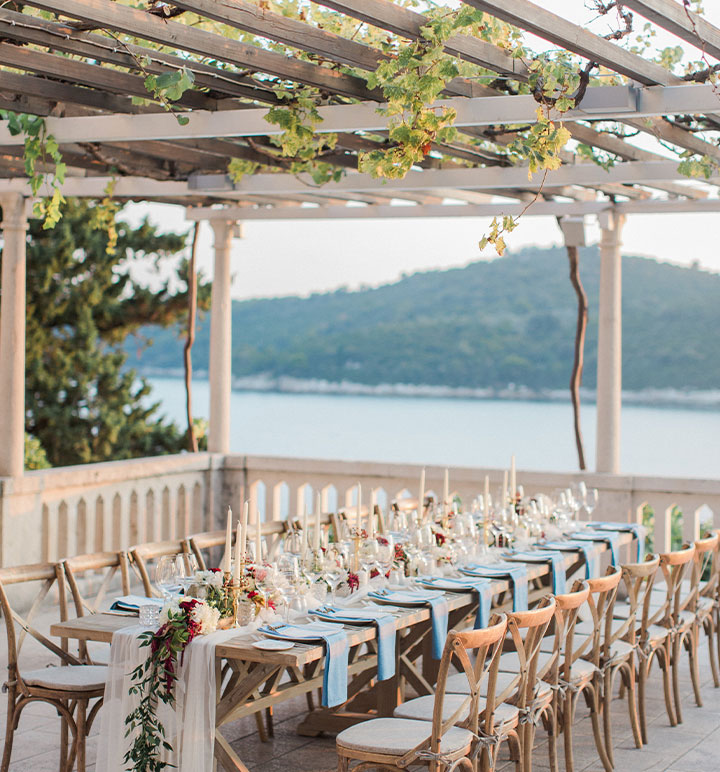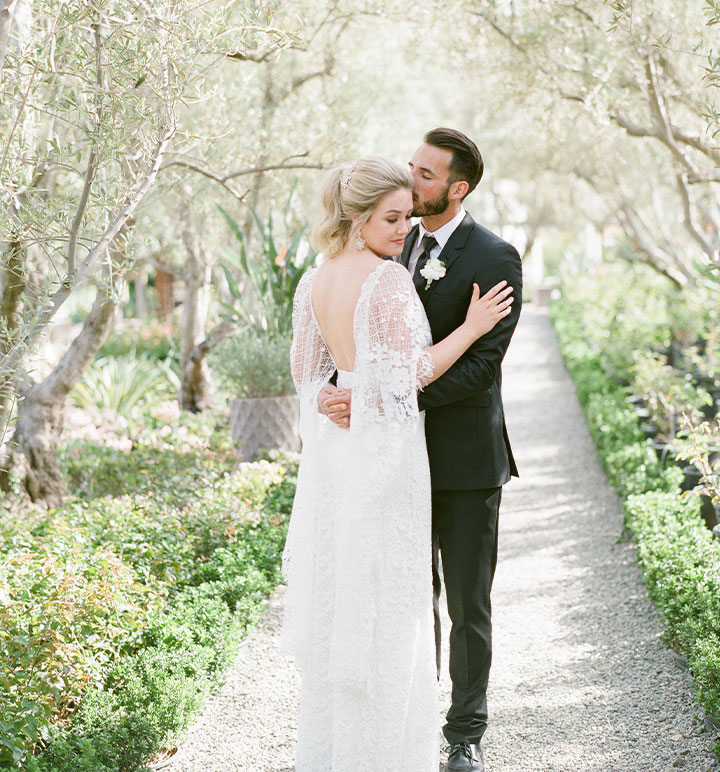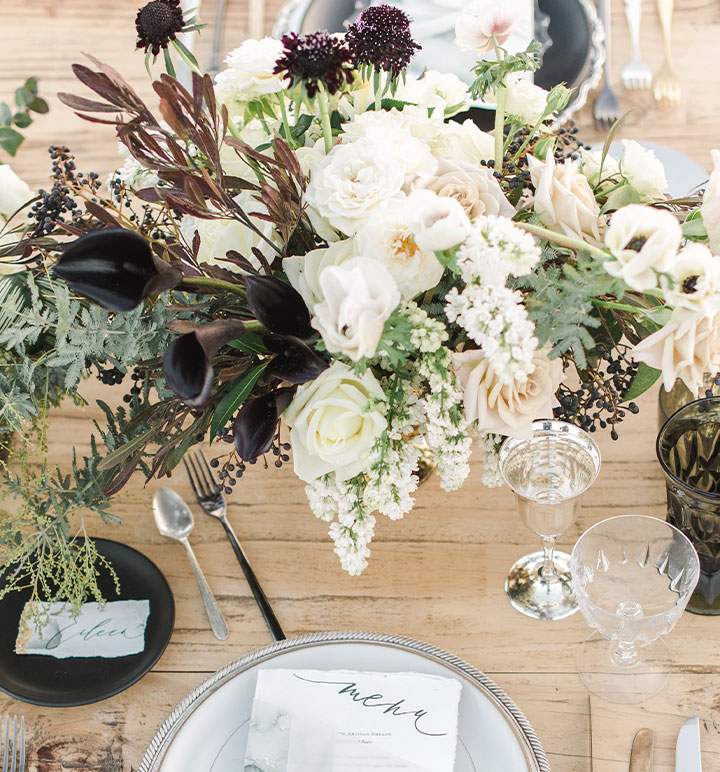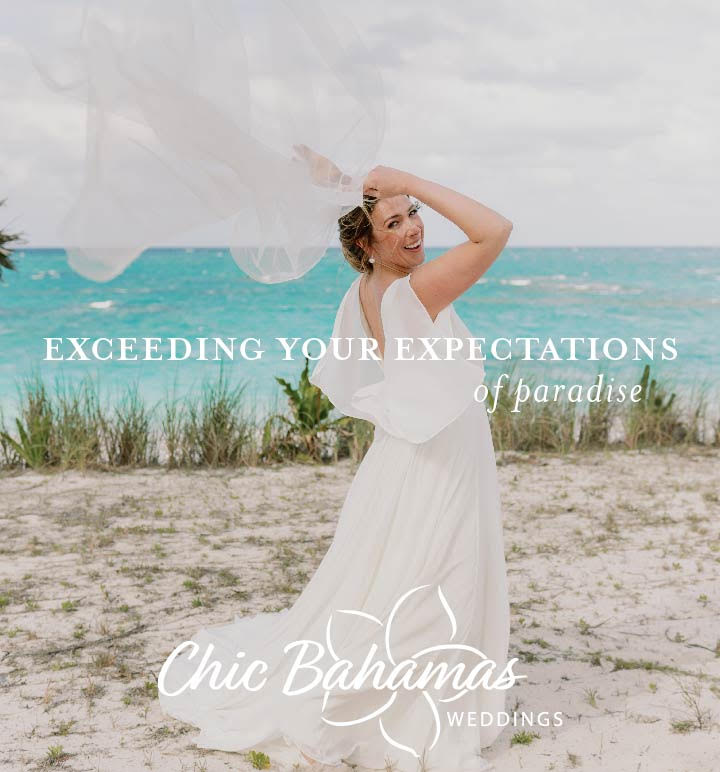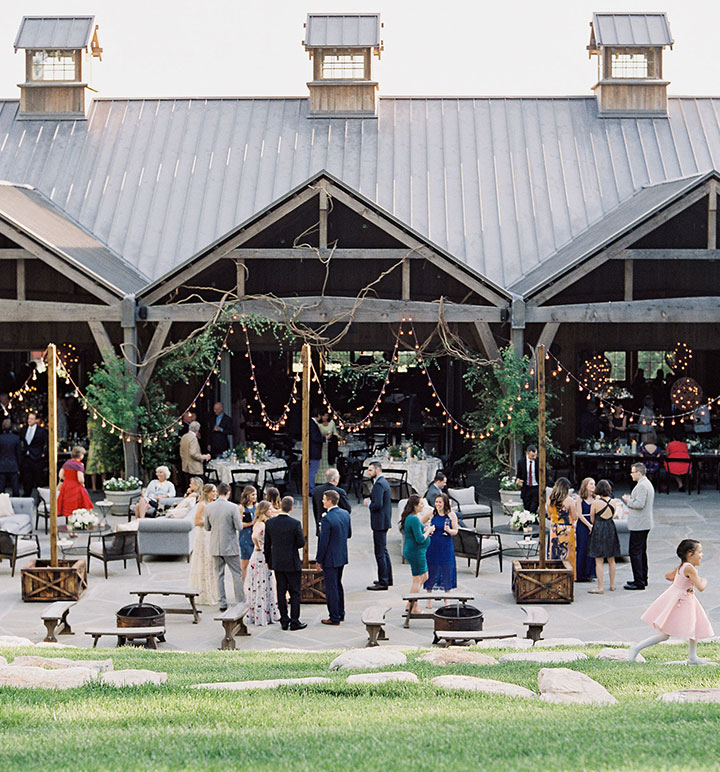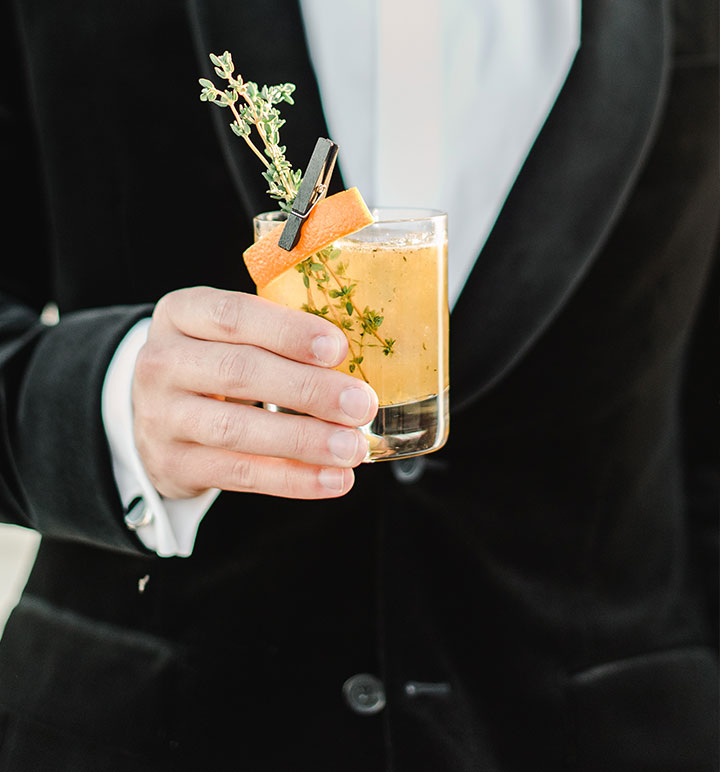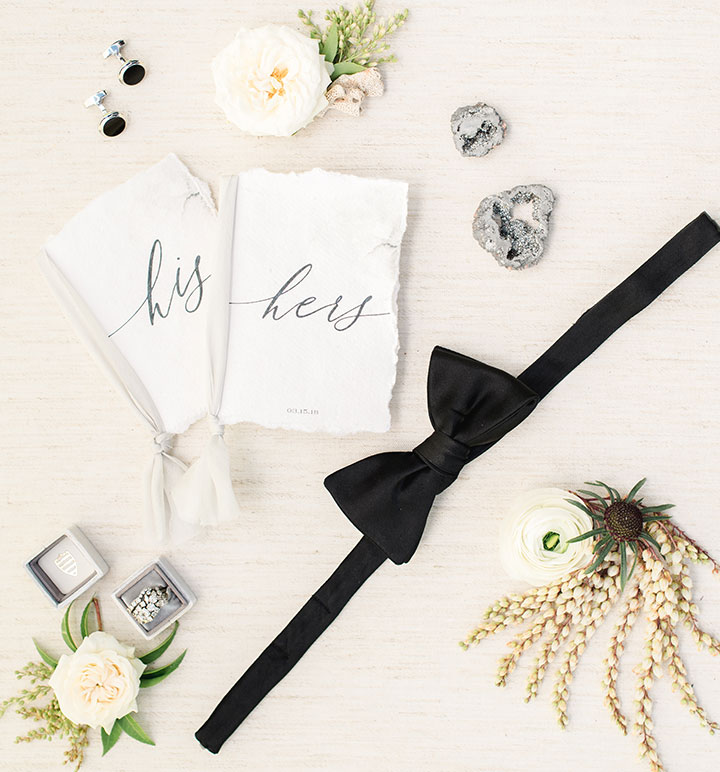
Best Practices for COVID Weddings
CATEGORIES
November 23, 2020
Words by
Photos courtesy of
By the looks of it, the 2021 wedding season is going to come roaring back with another unprecedented wedding season, as the normal flow of weddings runs headlong into the scores of ceremonies postponed by the 2020 pandemic. So, as wedding parties plan for that upcoming crush, they will be doing so with the virus still looming, adding layers of complication that won’t go away until after a widespread vaccine comes to the rescue. Following guidelines set out by the Centers for Disease Control and Prevention is going to be key to keeping everyone safe. And the CDC specifically calls out weddings as an at-risk gathering. But that doesn’t mean a safe ceremony isn’t possible.
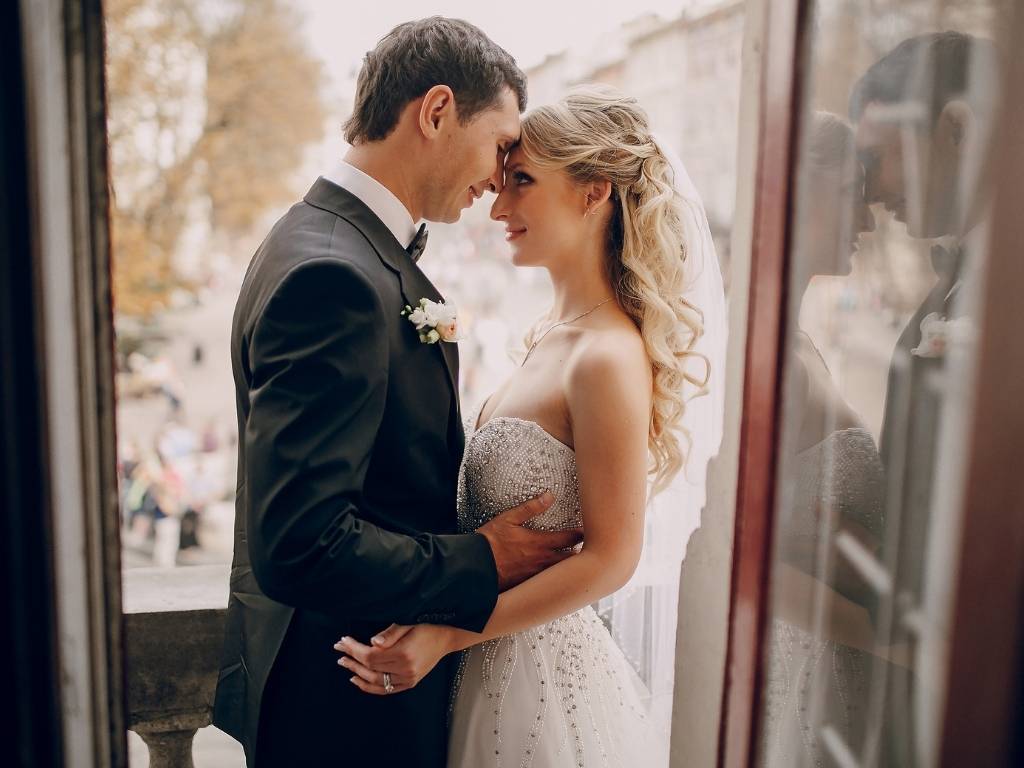
Best practices
When it comes time to start shopping for venues, a few questions might help make the right choice to keep everyone safe. Start by asking venues about their postponement policy – what fees are involved, deposits, time constraints. Also, make sure to clarify how many guests they can accommodate. Is that all inside? All outside? A mix? Do they have livestreaming capabilities? If everything is indoors, what are their ventilation capabilities? If everything is outdoors, what restrictions are put on amplified music, dance floors, tents, bad-weather contingency plans? Focus on limiting guest counts. It isn’t fun to stay small, but at least for now, it is safest. Seating is always an important consideration, but especially now, keeping family units sitting together at the ceremony and reception is especially important so one household doesn’t spread contagion to another. And space out those tables. It might be best to skip the dance floor, but if you just couldn’t imagine a wedding without the Harlem Shuffle, at least provide masks for people who come without them, and ensure everyone keeps them on. Offer hand sanitizer everywhere — tables, doors, restrooms, entrances. It is also a good idea to have a handout with safety recommendation on each chair. And consider including invite inserts with what to expect and what is expected when they arrive. The staff and vendors must be masked at all times and should be constantly cleaning surfaces. Reimagine food service to ensure guests aren’t touching everything — a plated meal might be best. But certainly, eliminate self-service water and hors d’oeuvres that might easily be vectors for contamination.
Insurance
Wedding insurance comes in two basic flavors — liability and event cancelation/postponement. For the cancelation portion, many, if not most insurers are shying away from offering coverage right now. COVID-19 is a “known event,” meaning that if it causes your plans to go awry, you generally wouldn’t be covered anyway. But the first type of insurance — liability — is still very much being offered, and in many cases, required by the wedding venue. These liability policies cover things like if a guest slips on the dance floor and breaks a leg, or if a candle falls down and damages a church, or if everyone gets food poisoning. In some parts of the country, it also covers the liability if a guest overindulges and gets into a car accident. And as a rule, they are very affordable, especially in the grand scheme of wedding costs.
Conclusion
A pandemic wedding is sure to be one to remember. But with some planning, people will remember the wedding party’s creative solutions, and not what went wrong. One parting thought, though. The wedding party must lead by example — if the couple is masked, others are much more likely to follow. But if the bride and groom pull off their masks, they will be communicating to everyone that safety guidelines are optional.
Michael Giusti, M.B.A., is a senior writer at InsuranceQuotes.com. He has worked as a journalist for more than 20 years, including as a reporter at a daily newspaper in Florida, as an editor at a regional business journal, and as a writer for national and international publications. He specializes in business, technology, finance, insurance, automotive and industry-focused writing.














